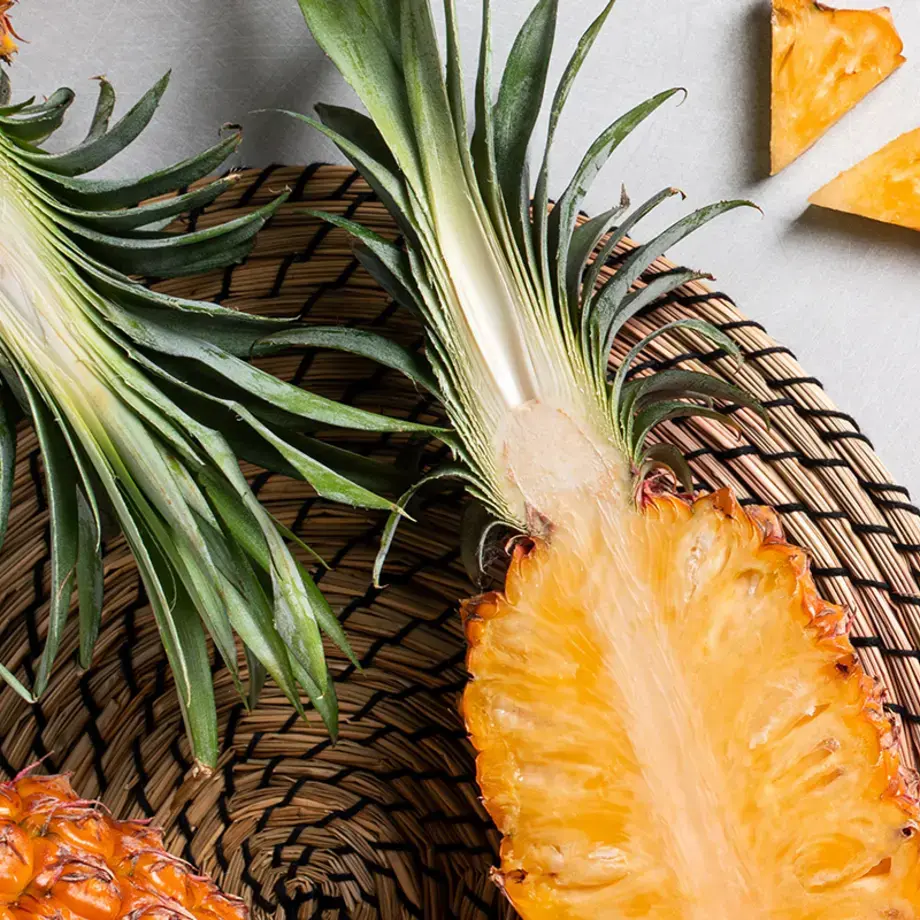Capers are tiny jewels of flavor, whose tangy, salty, slightly floral taste profile can be used to bring fish dishes, pasta, and sauces to life. Find out which other ingredients bring out the best in capers with this useful guide to food pairings for capers, from our Perfect Food Pairings series.
True capers are made from the immature flower buds of the caper bush, and are typically either brined or dried before eating. These tender buds are all harvested by hand, being too delicate to be handled by machinery, and this can make them a little pricey. But there is another type of caper, and it comes from a plant that many people have growing in their gardens.
What is nasturtium?
The garden nasturtium, or Tropaeolum majus, is a popular plant with large, disc-shaped leaves and brightly-coloured flowers, ranging in hue from cream, through golden yellow or orange-red to deep maroon. The nasturtium is a common sight in domestic gardens, being easy to cultivate, and even a little prone to take over if not properly managed.
In addition to having attractive flowers and foliage, many parts of the nasturtium are also edible. It is a relative of watercress, and its leaves and flowers both have a similar peppery flavour. They make an attractive addition to salads and stir fries, and are actually quite nutritious, with the flowers having a similar vitamin C content to parsley, and also boasting the highest concentration of the carotenoid lutein of any edible plant. It is sometimes known as ‘Indian cress’ or ‘monk's cress’.










